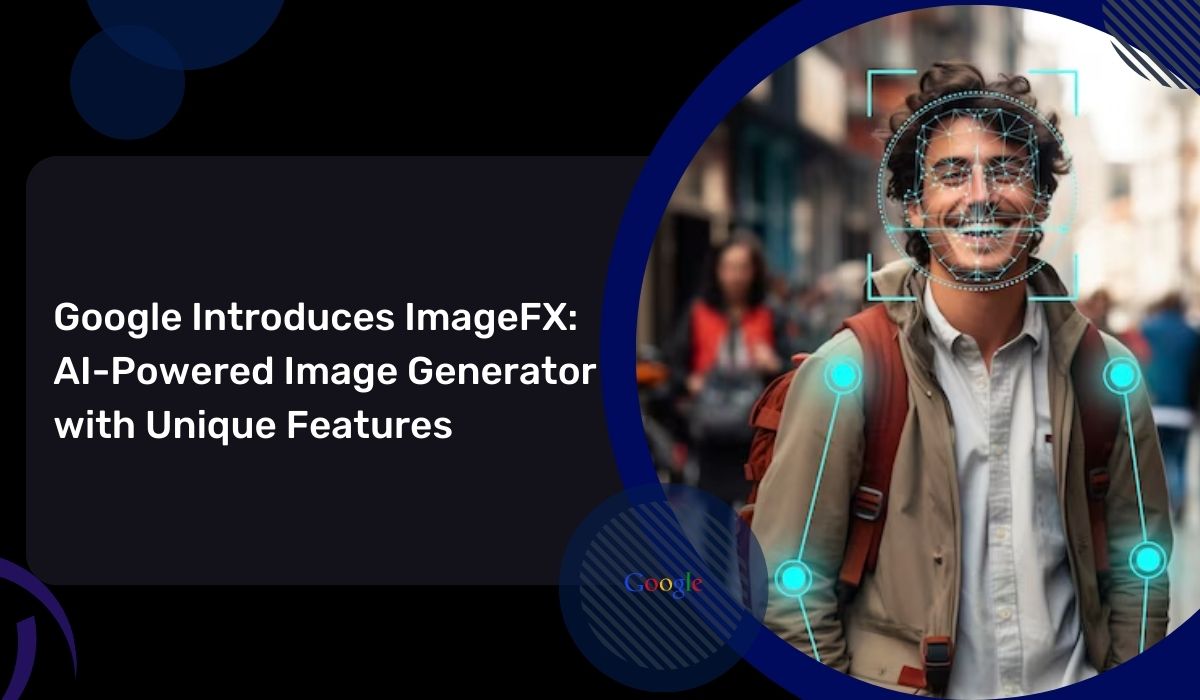
In a bid to revolutionize image creation and editing, Google has unveiled ImageFX, a cutting-edge AI-powered tool developed by the company's DeepMind team. Leveraging the Imagen 2 GenAI image model, ImageFX features a prompt-based user interface akin to tools like OpenAI’s DALL-E 3, Meta’s Imagine with Meta AI, and Microsoft Designer. What sets ImageFX apart is the introduction of "expressive chips" – a set of keyword suggestions enabling users to explore diverse dimensions of their creative ideas. Google emphasizes the tool's focus on experimentation and creativity, allowing users to easily modify images through the innovative use of expressive chips.
To ensure responsible usage, Google has implemented "technical safeguards" within ImageFX, preventing the generation of problematic outputs such as violent, offensive, or sexually explicit content. The tool also incorporates a prompt-level filter for "named people," though the specifics regarding its application to public figures remain somewhat unclear. Google underscores its commitment to safety, citing extensive adversarial testing and red teaming conducted during the development phase. Additionally, ImageFX embeds SynthID watermarks in generated images, providing a digital imprint detectable for identification. These watermarks, imperceptible to the human eye, offer added transparency when encountering images produced by Google’s AI tools in search results or Chrome.
ImageFX can be explored through the AI Test Kitchen, Google's experimental AI projects web app, providing users with an innovative platform for creative experimentation.In tandem with the ImageFX launch, Google announced the broader integration of Imagen 2 across its product ecosystem. Imagen 2, already powering text-to-image capabilities in Google Ads and Duet AI in Workspace, extends its reach to the next-gen AI search experience and Vertex AI – Google's suite of managed AI services. SGE (Search Generative Experience), introduced last October, utilizes Imagen 2 to generate images based on user prompts directly within the conversational experience. Vertex AI now offers Imagen 2 through an API for Google Cloud customers, enabling advanced image generation. Imagen 2's influence also extends to Bard, Google’s AI-driven chatbot, providing users with the ability to generate high-quality images through simple or complex prompts.
Despite the advancements, Google has yet to disclose the training data for Imagen 2, raising questions about the utilization of publicly available or copyrighted data for model training and commercialization.As Google unveils ImageFX and expands the reach of Imagen 2, the company is positioning itself at the forefront of AI-driven image generation. With a focus on creativity, safety, and versatility, these tools aim to redefine the landscape of digital image creation, catering to both experimental users and businesses leveraging AI capabilities. As the technology evolves, questions surrounding data usage and model training transparency will likely continue to shape the discourse around the responsible development and deployment of AI in the creative realm.